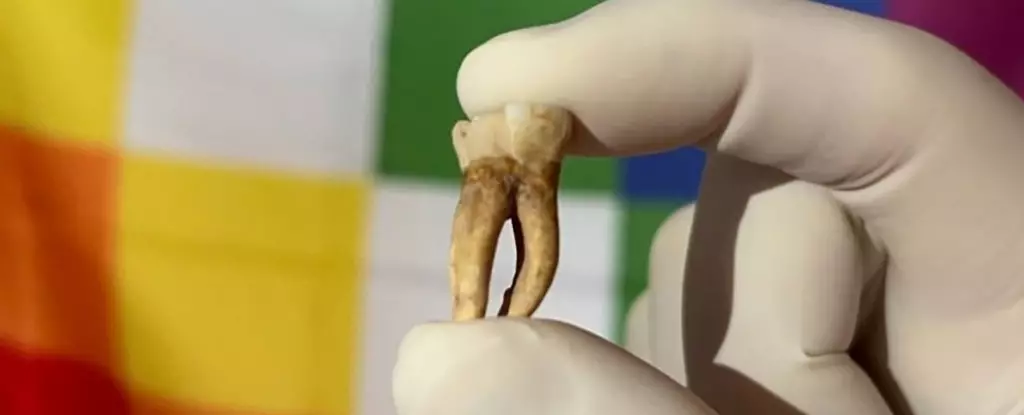For centuries, the establishment’s narrative has painted a one-dimensional picture of leprosy in the Americas, attributing its introduction solely to European settlers. This idea, while longstanding, has recently been thrown into disarray by groundbreaking research that uncovers the persistent presence of leprosy within Indigenous communities long before Columbus ever set foot on these shores. The implication here is profound—it challenges not just a historical account, but the very notion of how diseases transpired through cultural and social interactions in pre-colonial times.
Researchers, led by prominent genomicists such as Maria Lopopolo from the Institut Pasteur in France, have provided us with electrifying evidence suggesting that Indigenous Americans were afflicted by leprosy much earlier than once believed. The primary suspect in European narratives has been the bacterium *Mycobacterium leprae*, introduced alongside Europeans. However, the introduction of *Mycobacterium lepromatosis*, a less known but insidious variant of the disease, has emerged from ancient DNA analyses of human remains across the Americas, revealing its presence for centuries—evidence of a rich and complex history that demands to be acknowledged.
Unearthing Ancient Echoes
The findings are nothing short of revolutionary. By excavating genetic material from 389 ancient and 408 modern human specimens, researchers could reconstruct the evolutionary family tree of leprosy pathogens and uncover genetic similarities between ancient samples from Canada and Argentina. This genetic kinship underscores a rapid dissemination of *M. lepromatosis* across vast distances, suggesting that these communities interacted with the disease long before European contact. Evidence now points to strains splitting from a common ancestral lineage over 9,000 years ago.
We find ourselves at a crossroads of understanding—the historical portrayal of leprosy in the Americas is no longer simply a narrative of colonial introduction. It has transformed into a nuanced tale of pre-existing endemicity, the realities of which prompt a reevaluation of Indigenous health practices, cultural resilience, and inter-community relations pre-dating colonization. The ramifications of this are staggering; the implications extend not just to leprosy, but to how we view disease dynamics across all eras.
Redefining Infection and Impact
This revelation plays a crucial role in our understanding of how infectious diseases have shaped societies. The colonization of the Americas brought an onslaught of new diseases, for which Indigenous populations were tragically unequipped. However, assuming these populations were merely passive victims of European contact diminishes their agency and resilience in the face of ongoing health challenges.
We must acknowledge the existence of Indigenous knowledge systems around health and disease, which were established in parallel with the presence of various pathogens, including leprosy. The research serves as a reminder that the Indigenous communities were not just subjects of European narratives, but agents within their own historical contexts. This reinterpretation of leprosy’s timeline fosters respect for the people who inhabited these lands and cultivates an appreciation for their intricate understandings of health and community.
Charting a New Path Forward
As we grapple with a richer historical perspective of leprosy in the Americas, it becomes paramount to foster collaboration with Indigenous communities. The importance of engaging with these groups in the analysis and interpretation of their ancestral remains cannot be overstated; respecting cultural heritage while advancing scientific inquiry is an ethical cornerstone.
Scientific breakthroughs prompted by recent studies demonstrate that we barely understand the vast microbial world that has coexisted with humanity. There are likely countless more strains of *M. lepromatosis* waiting in the shadows—each potentially telling a story of human adaptation and resilience. In this intricate dance between humanity and disease, we find opportunities for dialogue, healing, and greater awareness of the enduring legacy of Indigenous peoples.
Each discovery nudges us closer to recognizing the multidimensional history of health in the Americas, allowing us to confront previously held misconceptions and to enrich our collective narrative. Now, as we delve deeper into the ancient echoes of the past, the history of leprosy serves not just as a simple medical account but as a compelling narrative of survival, complexity, and revelation.

Leave a Reply